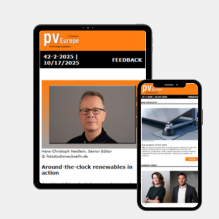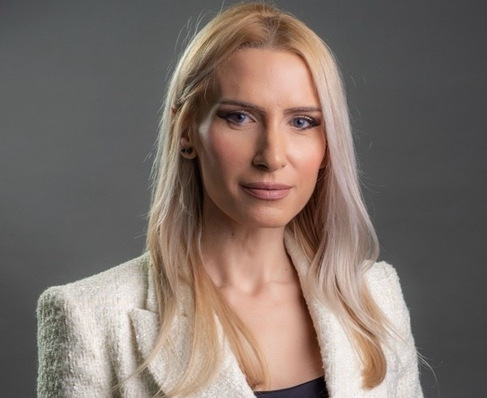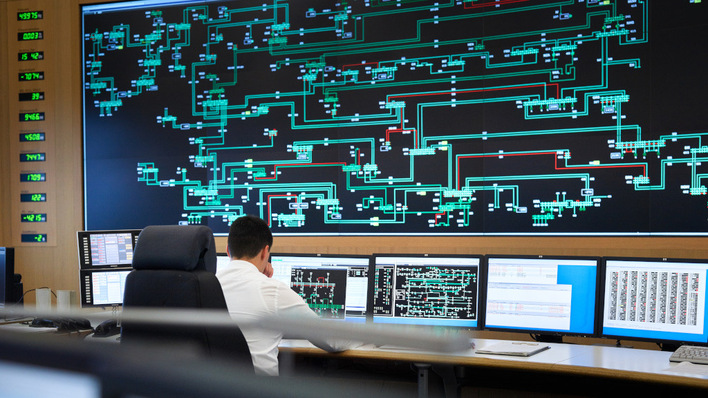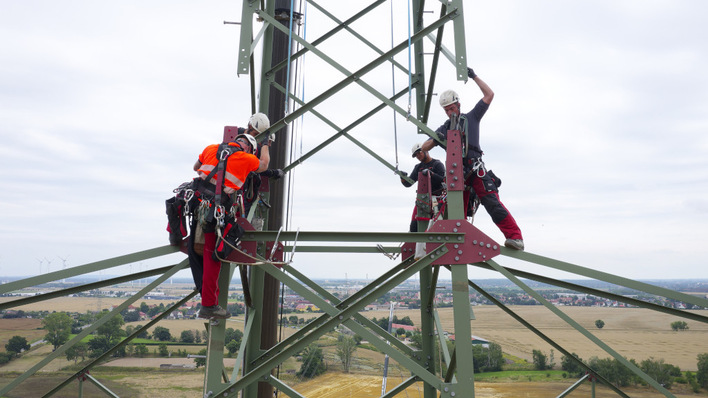With almost 1,700 gigawatts of renewable energy projects awaiting connection, the disparity between energy generation and grid capacity has become a profound bottleneck. Almost half of Europe’s electricity now comes from renewable sources, with Germany’s share nearing 60 percent. These are encouraging milestones, but they only matter if clean electricity can reach consumers. The Netherlands illustrates this dual reality: while grid congestion is slowing progress, the country is pioneering strategies to enhance resilience.
Grids under pressure
In 2023, around 3 terawatt-hours of renewable electricity in the Netherlands could not be fed into the grid due to capacity constraints – enough to power the entire country for ten days. Local distribution networks are increasingly unable to absorb decentralised solar and wind generation.
Breaking grid barriers – how solar empowers business growth
In some regions, grid operators have stopped granting new connections for solar projects, and in extreme cases have even terminated existing feed-in contracts. This has led to a standstill for many clean energy projects and rising frustration among businesses and developers.
Germany is facing similar challenges. The rapid expansion of electric mobility, heat pumps and charging infrastructure is driving up electricity demand, while grid development struggles to keep pace. Without systemic solutions, Europe risks slowing its energy transition at the very moment acceleration is needed.
From grid expansion to smart flexibility
While expanding grid infrastructure is essential, it is not a straightforward solution given the significant time and cost involved. What Europe needs is flexibility, namely the ability to balance fluctuating supply and demand intelligently and at the local level.
This is where energy management systems (EMS) and battery storage come into play. These technologies serve as digital and physical buffers, ensuring that renewable electricity can be generated, stored and consumed efficiently. Smart EMS solutions manage energy flows across the site, from sources such as solar PV and storage to applications like vehicle charging and production. This ensures that available capacity is used to its fullest potential without overloading the grid.
Expert view – as we rebuild the grid, we must rethink its management
By combining flexibility with renewables, regions can continue to expand clean generation even in areas where traditional grid reinforcement would take years.
Case study: E. Van Wijk’s road to energy independence
A practical example comes from the Dutch transport company E. Van Wijk, which set out to electrify its truck fleet. The company’s grid connection provided only 238 kilowatts, insufficient for the ten high-performance charging stations required. Expanding the connection would have taken years and incurred significant costs.
Instead, E. Van Wijk installed a 4.3 megawatt-hour battery system, paired with a 1.5 megawatt PV installation and a smart EMS platform developed by the Utrecht-based specialist in smart energy management and battery storage systems. The EMS controls energy flows so that the solar system charges the battery during the day, and the stored electricity powers the chargers during periods of peak demand.
Businesses drive e-mobility at Amsterdam charging summit
The result is that about 50 percent of total energy demand is covered by self-generated renewable electricity, while the remaining load is managed intelligently to prevent grid overload. The company can now operate its electric fleet reliably, despite having a limited grid connection.
Resilience pays off
The economic case for energy flexibility is strong. By optimising self-consumption and minimising demand peaks, systems that integrate storage and energy management can often achieve payback within five to seven years. At the same time, they strengthen operational resilience.
In the event of grid congestion or localised power outages, companies can maintain production using stored energy, protecting themselves against costly interruptions and downtime. This resilience is becoming a key competitive advantage for industries that rely on a stable power supply, from logistics to manufacturing, as they work to maintain operational and business continuity in the face of disruptions.
What Europe can learn
The Dutch experience highlights a fundamental truth: grid resilience depends not only on more infrastructure, but on smarter systems. Europe must complement traditional grid investments with digital and decentralised solutions that maximise the use of existing capacity.
Eurelectric report outlines technologies to ease renewable grid integration
This requires scaling up battery storage and energy management systems across industries and municipalities, while incentivising demand-side flexibility through dynamic tariffs and supportive regulation. At the same time, distributed energy resources must be integrated more effectively into local balancing and capacity markets. Together, these measures can ease grid bottlenecks and strengthen Europe’s energy security and competitiveness – both essential foundations for an increasingly electrified and interconnected continent.
Blackouts and bottlenecks may never disappear entirely, but their impact can be minimised through foresight and flexibility. The Netherlands shows how smart energy management can turn limitations into opportunities. For Germany and its neighbours, the takeaway is clear: combining renewable growth with digital flexibility is essential. This will make the grid the backbone of Europe’s clean energy future. (Manuel Schmidt/hcn)
Manuel Schmidt is the Country Director DACH at iwell, a Dutch scale-up specializing in energy management solutions.









